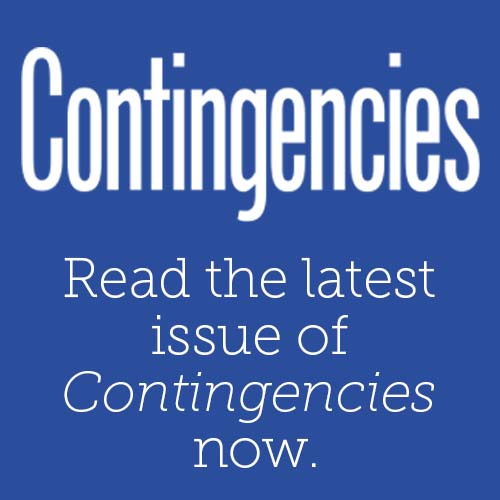Professionalism Counts, July 2017
The ABCDs of Precept 10
By Janet FaganFormer Chairperson, Actuarial Board for Counseling and Discipline
|
Learn more about Professionalism resources at the Academy. |
The Code establishes that a principal has “an indisputable right to choose a professional advisor” and expressly allows an actuary to provide services to the principal “even though such Principal is being or has been served by another actuary in the same matter.”1 When one actuary replaces another, Precept 10 requires both actuaries “to cooperate … in the Principal’s interest.” But the prior actuary must follow a few basic ground rules:
- DO cooperate in furnishing relevant information, with the expectation of receiving reasonable compensation for the work required to assemble and transmit pertinent data and documents.
- DO respond in a timely manner.
- DON’T refuse to consult or cooperate with the successor actuary based upon unresolved compensation issues with the principal (unless in accordance with a pre-existing agreement with the principal).
NOTE: You are not required to “provide any items of a proprietary nature, such as internal communications or computer programs.”2
The basics seem pretty straightforward. But when putting the Code into practice, the devil is in the details. And that is where the ABCD comes in. During my years on the ABCD, many issues involving Precept 10 came before the board. While a few of them arose in the context of discipline cases, most of the questions stemmed from requests for guidance (RFGs) submitted by practicing actuaries.
Here are some common Precept 10 issues that I saw while I was on the ABCD. (The opinions below are my own views, not the views of the ABCD.)
Timeliness of communications: There can be an awful lot of foot-dragging when a prior actuary does not want to do additional work, such as providing information to the successor actuary. A prior actuary may also be worried about a problem with the work he or she did for the principal and may not be in a hurry to help the successor actuary. It may be the actuary’s “busy season.” But the rule of thumb is pretty simple: Under Precept 10, communications must be conducted in a timely fashion and only reasonable amounts of time should pass between the successor’s request and the prior actuary’s response. (In 2011, the ABCD found an actuary in violation of Precept 10 because he did not provide requested documentation “until several months after it was first requested.”)
Provision of information: The prior actuary may struggle over how much information to share with a successor actuary. While difficult to judge in the abstract, in general the prior actuary needs to provide sufficient detail such that either the work of the prior actuary can be reproduced or another actuary qualified to do the work can reasonably assess the quality and validity of the prior actuary’s work.
Disclosure of all material assumptions: For a variety of reasons, a prior actuary may not want to disclose all of the material assumptions of his or her work product. The assumptions may be very aggressive, or they may be outdated. Regardless of the reason, the prior actuary is required to disclose material assumptions to the successor actuary—perhaps not every little detail, but certainly those details that the prior actuary thinks are important. When asked about other assumptions, the actuary should either explain that they are not material or provide them to the successor actuary.
Other Precept 10 questions are more difficult to answer in the abstract, and generalized responses are not appropriate. That is where the RFG process is most helpful.
During my tenure with the ABCD, I saw firsthand how important compliance with Precept 10 is if actuaries are to fulfill their responsibilities to the actuarial profession and to the public. While the burden of compliance rests with each individual actuary, my experience has shown me that the ABCD can help actuaries think through the facts and approach difficult actuary-to-actuary conversations as true professionals. To find out more about RFGs and how to ask for guidance, please visit the ABCD website.
1 Annotation 10-2.
2 Annotation 10-5.
(Featured in the July 2017 Actuarial Update.)
Share






